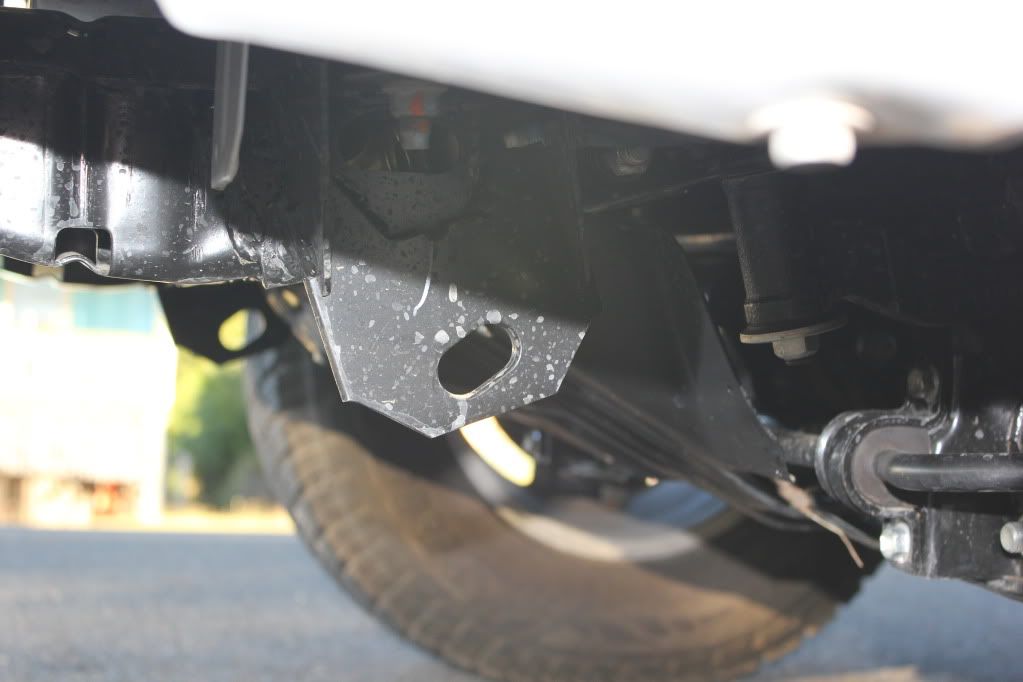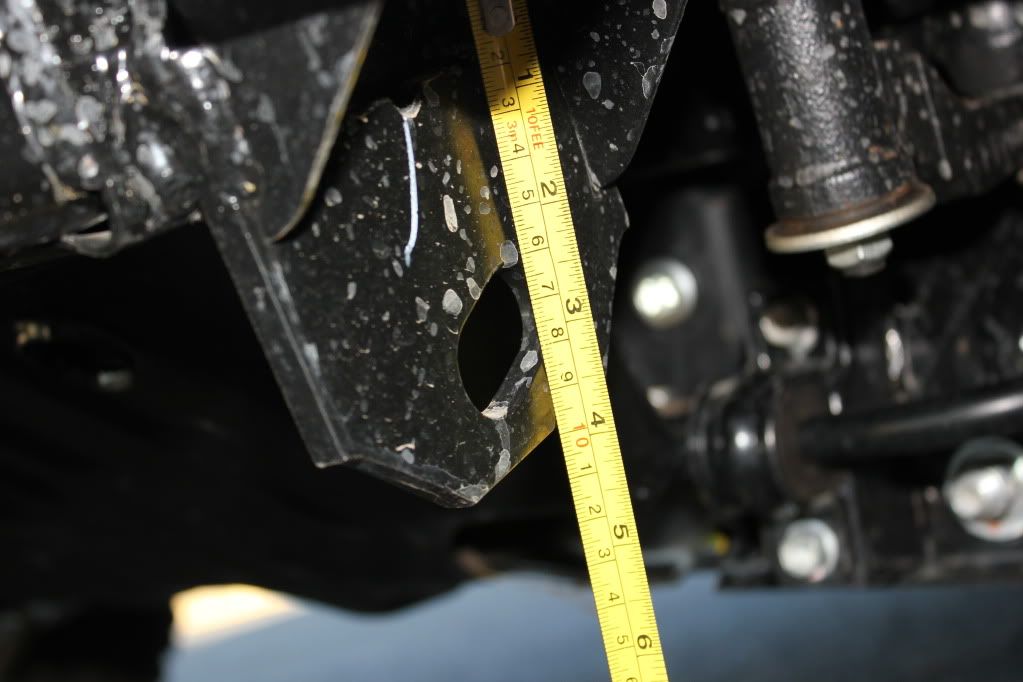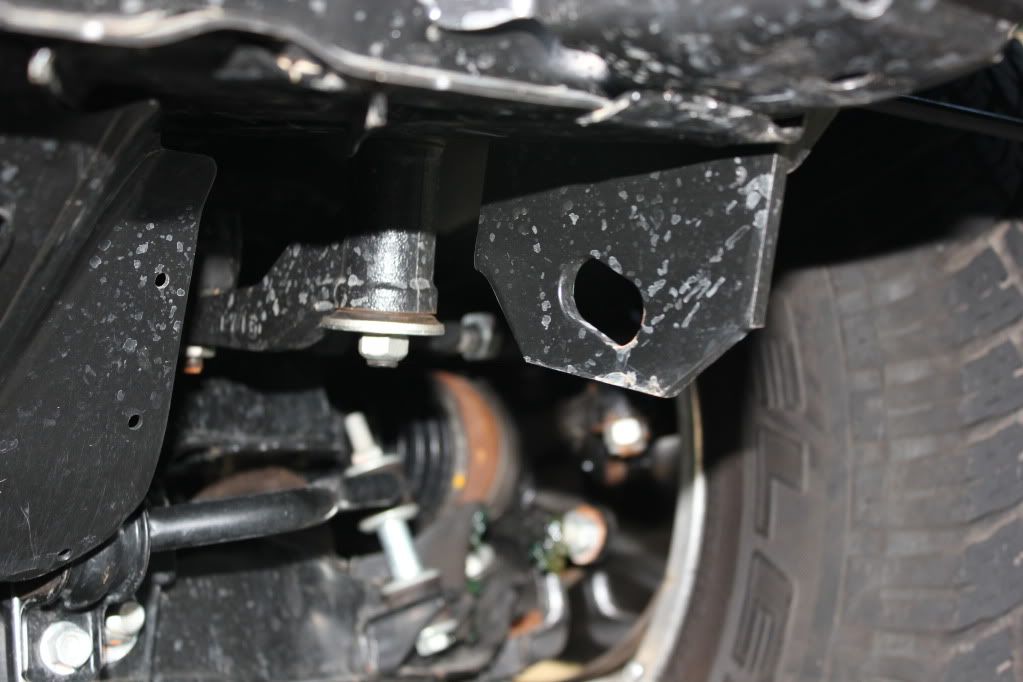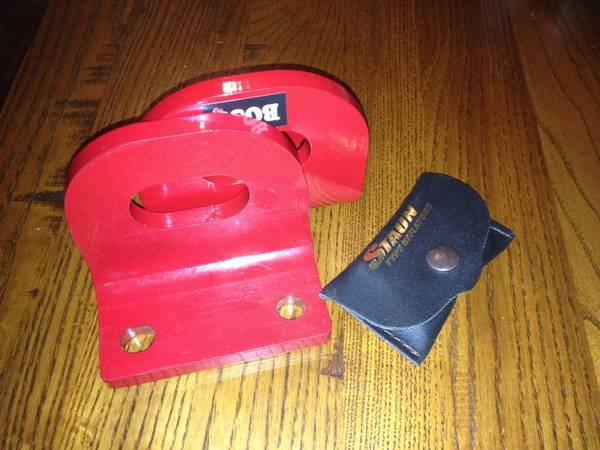Hi guys,
Is the only option for a rear recovery point on a 2012 STR to install a towbar?
For forwards recovery, there appear to be 2 tow points at the front of the chassis straight out of the factory. Is it safe to use those for snatching? I can take some photos tomorrow if you dont know what Im talking about.
What are some good towbars? what sort of money would I be looking at?
Thanks
Is the only option for a rear recovery point on a 2012 STR to install a towbar?
For forwards recovery, there appear to be 2 tow points at the front of the chassis straight out of the factory. Is it safe to use those for snatching? I can take some photos tomorrow if you dont know what Im talking about.
What are some good towbars? what sort of money would I be looking at?
Thanks





























